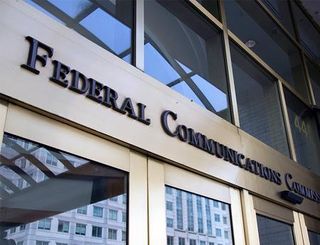Video Security Group to Present Recommendations

Though consensus has been fleeting, an FCC-appointed committee is slated this week to present its recommendations for a downloadable video security system that could ultimately succeed the CableCARD.
That group – the Downloadable Security Technology Advisory Committee (DSTAC) – is scheduled to present its final summary report to the Commission on Friday (August 28). The 90-minute rendezvous will be get underway at 10 a.m. ET, and will be streamed live here.
The DSTAC was formed in January after the passing of the STELAR Act, legislation that will sunset the current set-top security integration ban in December 2015, and calls on the FCC to pursue a downloadable alternative to the CableCARD. The DSTAC is to file its recommendations to the FCC by Sept. 4.
It’s unknown what the FCC will do next, including whether it will follow with a Notice of Inquiry, a Notice of Proposed Rulemaking, or simply sit idle.
The DSTAC last met on August 4 (subscription required), and it was clearly apparent that the group would be challenged to come together on a unified proposal.
The meeting focused on multiple technology proposals that attempt to establish platform-neutral video security approaches to support third-party retail devices and work with various multichannel video programming distributors, including cable operators, telcos and satellite-TV providers. The group has had trouble agreeing on a common system that can apply to all MVPDs while taking into account a multitude of legacy platforms, as well as newer IP-based delivery systems.
On the IP side two proposals have been pushed forward. One, presented by Public Knowledge, centers on the concept of a cloud-based “virtual headend,” where the heavy lifting would be done before encrypted content is delivered to a third-party set-top or other type of video device.
Multichannel Newsletter
The smarter way to stay on top of the multichannel video marketplace. Sign up below.
To address the legacy issue presented by services that still rely on QAM/MPEG-based video transport, the proposal also discusses the use of a discrete device that would essentially convert the legacy signal into a secure IP-based transport stream that could be viewed by retail devices. That approach appears to be a revival of an “AllVid” proposal that the cable industry has previously argued against over claims that it forces the disaggregation of MVPD services.
A second proposal, which appears to be the one endorsed by more traditional MVPDs, is app-based, centered on Web-based platforms and standards where content can be delivered over HTML-5 with Encrypted Media Extensions (EME). Many such apps have been written and deployed, supporting a range of retail devices.
Some DSTAC members, including Dr. Joseph Weber of TiVo, countered that the app-centric approach merely maintains the MVPDs’ interfaces and does not provide a path for competitive UIs.
